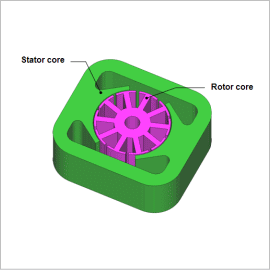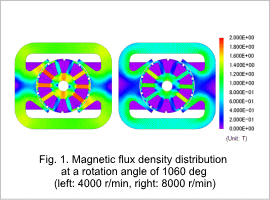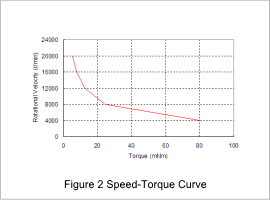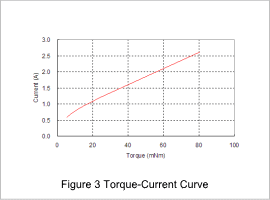*Please prepare a license ID and password for the license administrator.
*It is different from the service for JMAG WEB MEMBER (free membership). Please be careful.
Overview

Motors in electrical industrial equipment are often used for cutting and machining, so it is desirable for them to be usable at high rotation speeds. Induction motors cannot achieve high rotation speeds with commercial power supplies because their rotation speed is determined by alternating current frequency. DC brush motors can achieve high rotation speeds, but it is necessary to provide DC power for them, so they cannot be used with commercial power supplies. Universal motors, on the other hand, are designed to be connected to commercial power supplies, and because they can rotate at high rotation speeds with either direct or alternating current, they can fulfill purposes needing thousands of r/min, such as electric drills. Because of their high degree of versatility, they are widely used in everyday-life applications. Users of industrial tools often hold them in their hands, making reduced weight desirable in addition to low vibration and noise levels. Development to solve these issues is being carried out in universal motor design.
The basic structure is the same as in a brush motor, but when the supplied power is alternating current, the output itself varies periodically. Further, they are used under difficult conditions such as when inrush current occurs when a commercial power supply is directly connected from a stopped state. Therefore, electromagnetic field analysis using the finite element method (FEM), which can account for nonlinear magnetization properties of the materials, is useful in order to evaluate magnetic saturation during overload.
This note presents how the characteristics of a universal motor can be obtained, including torque versus current (T-I), torque versus speed (T-N), and magnetic flux density distribution.
The basic structure is the same as in a brush motor, but when the supplied power is alternating current, the output itself varies periodically. Further, they are used under difficult conditions such as when inrush current occurs when a commercial power supply is directly connected from a stopped state. Therefore, electromagnetic field analysis using the finite element method (FEM), which can account for nonlinear magnetization properties of the materials, is useful in order to evaluate magnetic saturation during overload.
This note presents how the characteristics of a universal motor can be obtained, including torque versus current (T-I), torque versus speed (T-N), and magnetic flux density distribution.
Magnetic Flux Density Distribution

Fig. 1 shows the magnetic flux density distribution at rotation speeds of 4000 r/min and 8000 r/min.
More current flows in a universal motor during low rotation speeds than during high rotation speeds, so magnetic flux and torque are both higher. However, a magnetic circuit and motor design that does not allow magnetic saturation to occur at low rotation speeds is desirable because performance may be worse for a motor in which magnetic saturation occurs easily.
More current flows in a universal motor during low rotation speeds than during high rotation speeds, so magnetic flux and torque are both higher. However, a magnetic circuit and motor design that does not allow magnetic saturation to occur at low rotation speeds is desirable because performance may be worse for a motor in which magnetic saturation occurs easily.
Speed-Torque and Torque-Current Curves
The speed-torque curve is shown in fig. 2, and the torque-current curve is shown in fig. 3.
As can be seen from the two graphs, in a universal motor, the torque gets smaller as rotation speed rises, and the torque gets larger as current increases.




